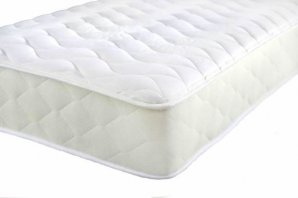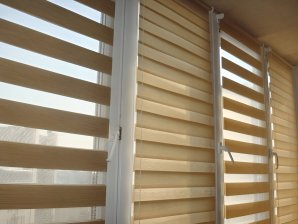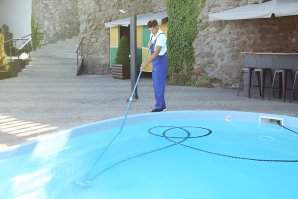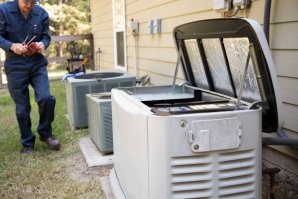Air purifiers have become increasingly affordable and popular over the past few years; and more and more people, being aware of their health benefits, are using them to prevent allergies and even kill bacteria and viruses. In this buying guide, we’ve highlighted some of the most popular models on the market and explained features such as HEPA filter, CADR coverage, PM2.5 particle sensors and more to look out for when shopping. The purchase of a new connected air purifier.
Why choose a smart wireless air purifier rather than an ordinary purifier?
Air purifiers are devices that are not needed 24 hours a day for most people, and some may even only need them for short periods during certain months of the year. In this case, it may be worth buying a connected air purifier.
Equipped with sensors and capable of being controlled by a mobile app, a smart wireless air purifier can be set to operate only when pollutant levels are unsafe or when there are people in the home or room, allowing to save energy.
What about Air purifier compatibility with Alexa, HomeKit or Google Assistant?
Another characteristic of wifi air purifier is their compatibility with connected home ecosystems and voice assistants. Depending on the model, the device can be integrated into defined programs, activate filtering before sleep when the light goes down, turn it off in the morning when the curtains go up, etc.
One thing to expect in the future is compatibility with the (soon to be ratified) Matter home automation standard, which promises to simplify control and integration between devices. Apple, Amazon, Google, Oppo, Samsung, Ikea, Signify, Tuya and other heavyweights who are among Project Matter supporters. The standard is expected to be launched in 2022.
Another thing that many smart air purifiers offer is an accompanying app that can be used to remotely control, monitor air quality, adjust fan speed and noise, and also set reminders for buying new filters.
The filtering capabilities of your purifier. HEPA, activated carbon, ionic, or UV: Which type of filter for your air purifier?
Hepa filter
HEPA filter is a type of air filter capable of removing at least 99.95% of dust particles, bacteria, pollen, mold, and other airborne particles with a diameter between 0.3 and 10 micrometers (µm).
Sometimes manufacturers indicate an additional figure, called the efficiency index. In general, HEPA filters are classified as H13 or H14 in the European Union, with the latter defining filters capable of retaining more than 99.995% of particles in this size range.
Other companies advertise their products using terms like “HEPA like/type/style” or “99% HEPA”, but that’s essentially a meaningless classification for filters that don’t. Do not meet HEPA requirements or, at best, have not been properly tested.
Activated carbon
Besides removing particles from the air we breathe, some filters also promise to remove odors and gases. To do this, an activated carbon filter can be used, capable of eliminating VOCs, odors and gases, such as NO2.
Also called carbon filters, they are made using a porous material and work through a process called adsorption — in which the pollutant sticks to the carbon molecules, but is not absorbed.
Ionizers
Ionizing filters work by charging particles in the room to make them easier to attract and capture by the filter or knock them to the ground. While it can help remove smoke particles, for example, this device releases ozone as a byproduct, which, depending on the level produced, can cause lung irritation.
UV Light
Some air purifiers also incorporate UV light to destroy pollutants. Also called ultraviolet germicidal irradiation (UVGI), this function tries to destroy biological materials, such as bacteria, molds and viruses, by damaging their cellular structure or their protein envelope, and even by inactivating certain viruses.























